Media releases from 2022
all news | only media releases

Meta-analysis of scientific literature shows decline of interactions with nature due to growing urbanisation, but systematic studies are rare › more
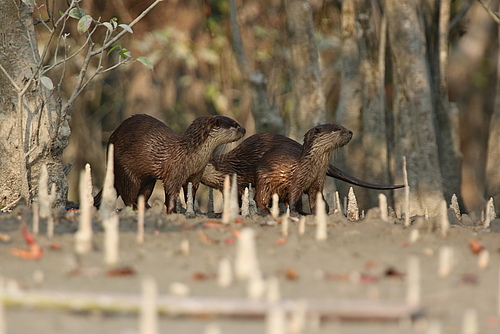
Report by Dr. Sandeep Sharma, Researcher of the Biodiversity Conservation research group at iDiv and MLU, and lead author of a new publication in Ecology and Evolution › more
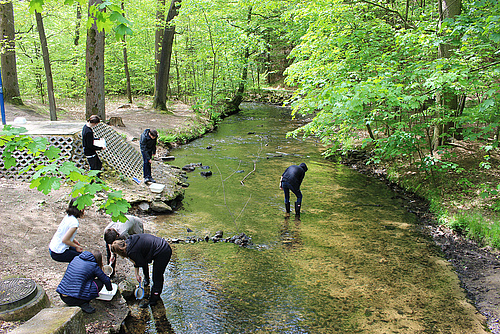
Study shows: citizen science can, indeed, be an option to assess the ecological state of smaller streams › more
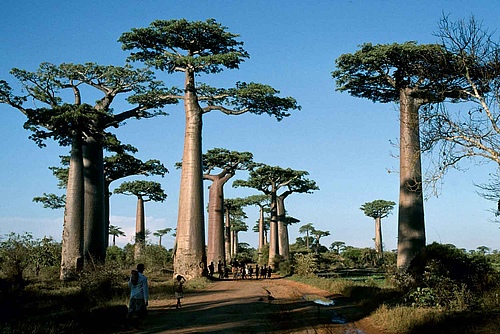
Major review of the island’s biodiversity reveals urgent need for collaborative science-based conservation › more
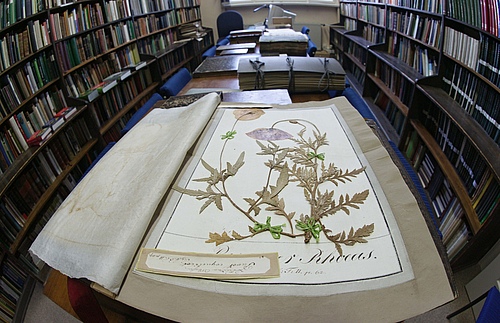
Jena Senckenberg Institute of Plant Form and Function strengthens collection-based biodiversity research › more
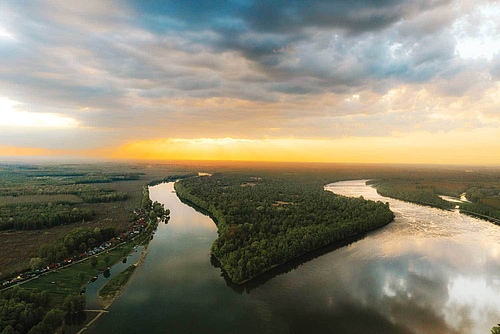
International project NaturaConnect brings together the knowledge on how to protect biodiversity in Europe › more
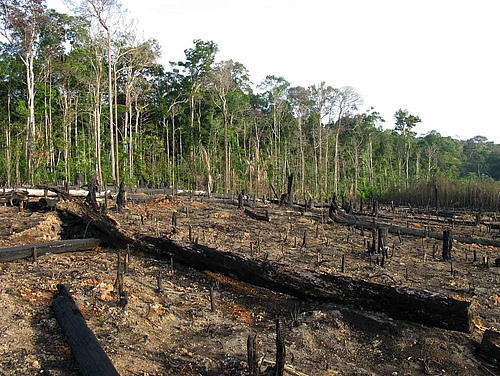
Researchers rank drivers of global biodiversity change › more
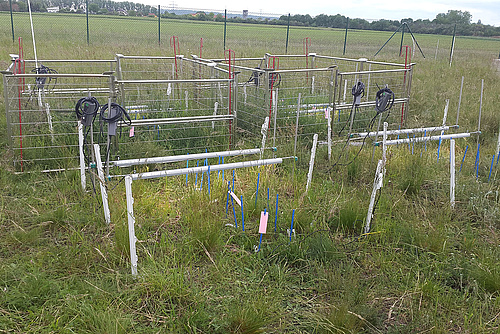
Field experiment shows that competition for light is the key mechanism driving loss of plant diversity under eutrophication and lack of grazing. › more
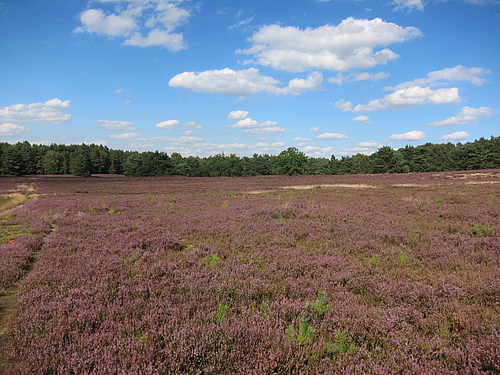
Data gathered by habitat mapping programs can make important contributions to biodiversity research. › more
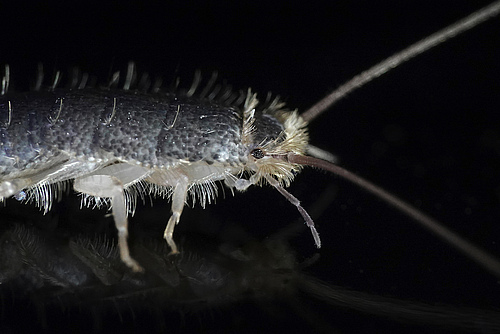
Exact number of silverfish and centipedes still unknown › more
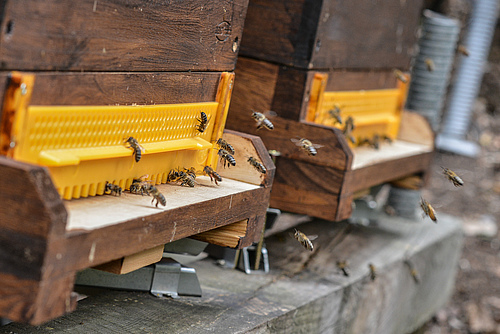
Insecticides containing flupyradifurone and sulfoxaflor can have devastating effects on honey bee health. › more
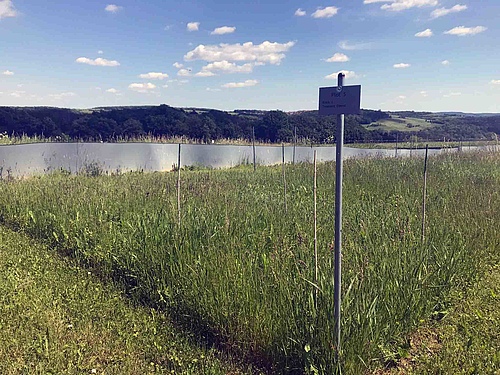
Researchers find the processes behind species decline due to nutrient inputs › more
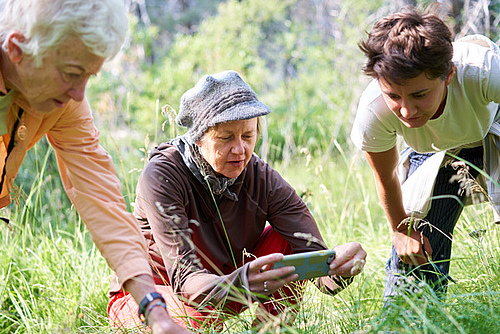
iNaturalist app users play a significant role in helping researchers create global maps of plant traits › more
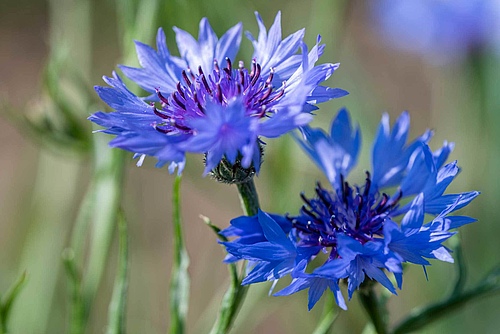
Researchers evaluate plant population data between 1927 and 2020 › more
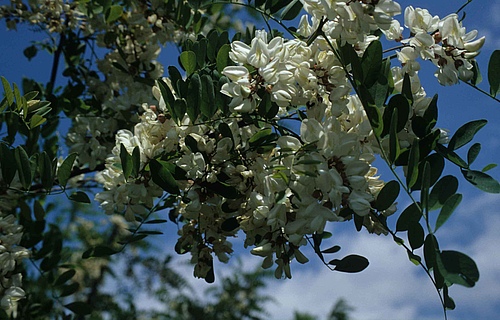
The movement of species around the globe has lasting impacts on biodiversity and human livelihoods far into the future › more
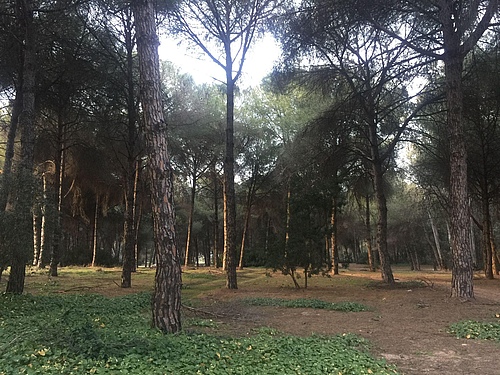
New study published in Nature › more
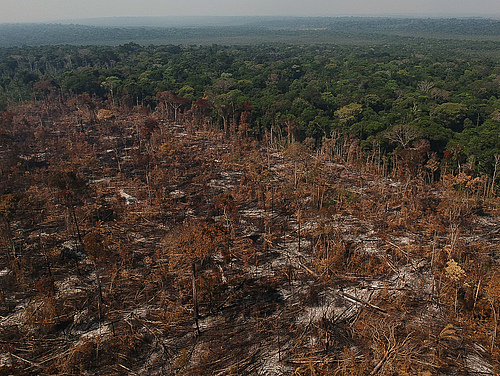
Poorly defined land rights increase deforestation, but private land rights must go hand in hand with strict environmental policies. › more
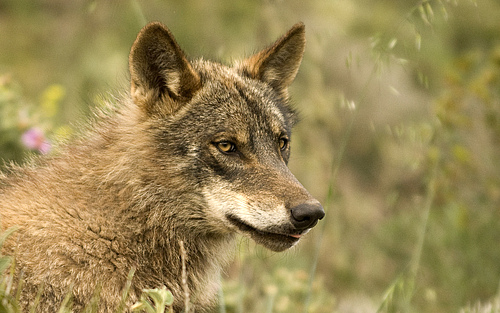
Recent expansions mean little more than a stabilisation of the species › more
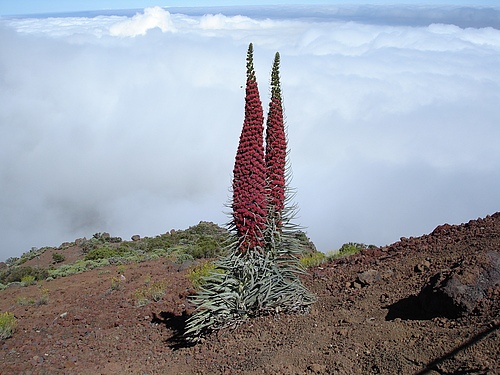
Islands act as natural laboratories of evolution › more
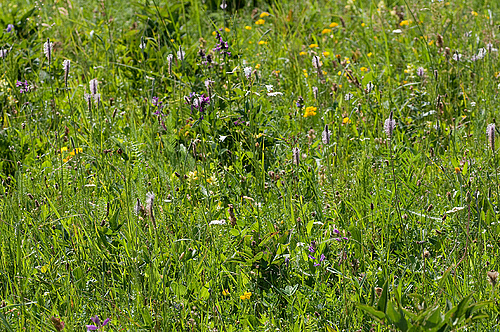
Steppes of Eastern Europe harbour a similar number of plant species as Amazon rainforest regions › more
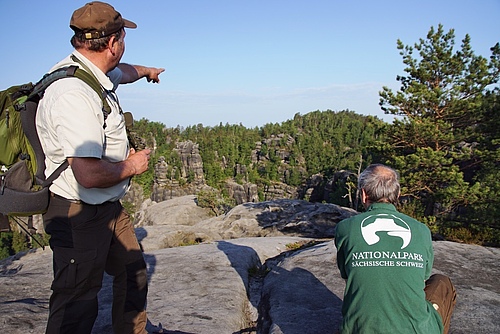
Effectiveness of biodiversity conservation in national parks is associated with socioeconomic conditions › more
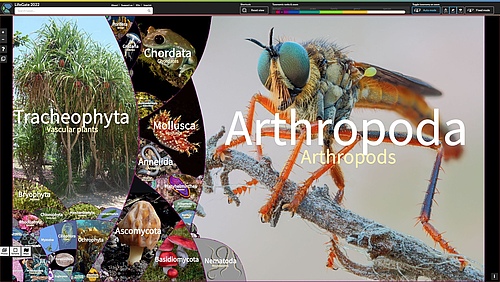
New digital map displays full diversity of life through thousands of photos › more
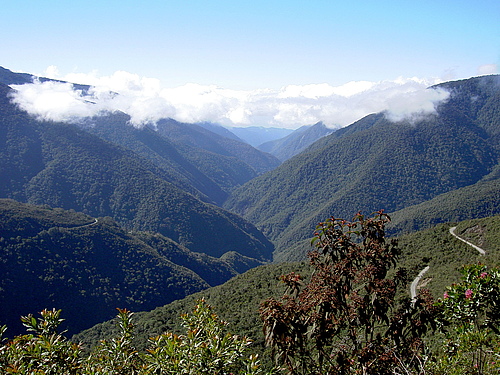
New research offers a pathway to achieving the 30 by 30 target using ecosystem diversity across four South American countries › more
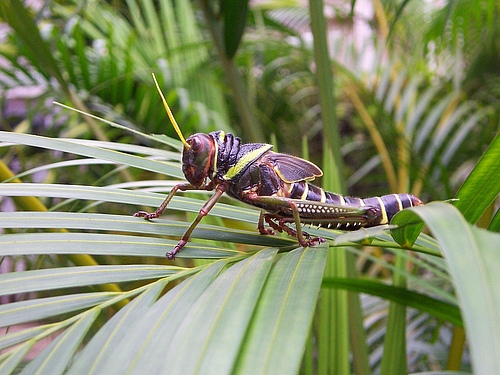
New experts survey considerably extends the global biodiversity knowledge by underrepresented species groups and regions › more
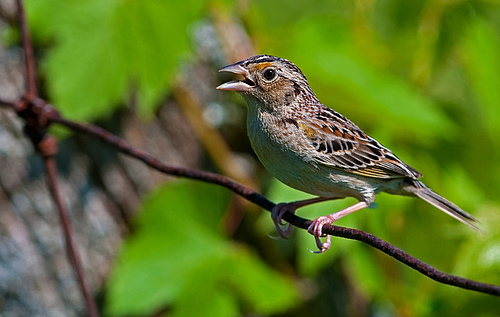
Climate decoupling particularly prominent among habitat specialists › more
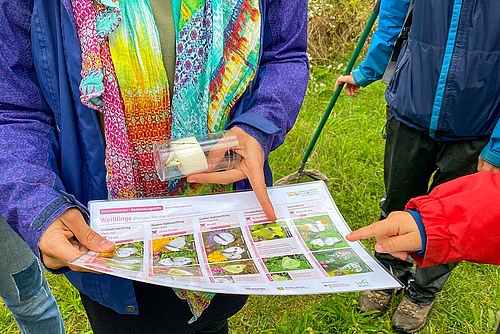
Leipzig citizen science project “VielFalterGarten” promotes insect diversity in the city and invites people to actively participate in the protection of butterflies › more
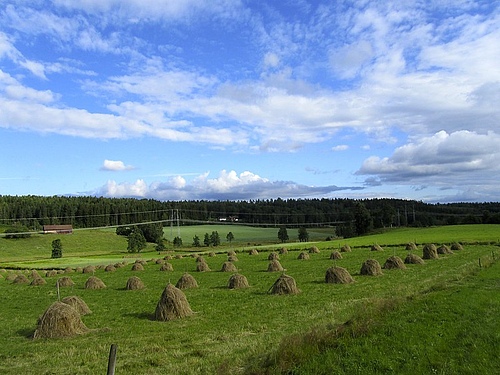
Over 300 scientists make recommendations on how to improve the EU’s Common Agricultural Policy › more
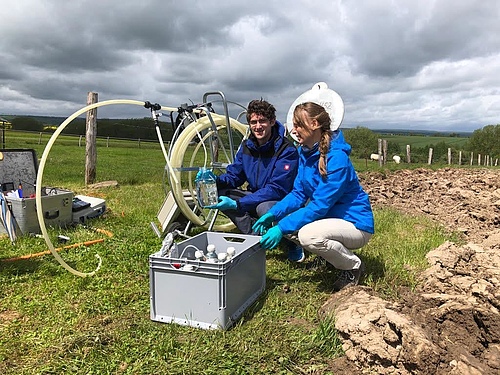
Researchers discover microbes in pitch-dark aquifers as important primary producers › more
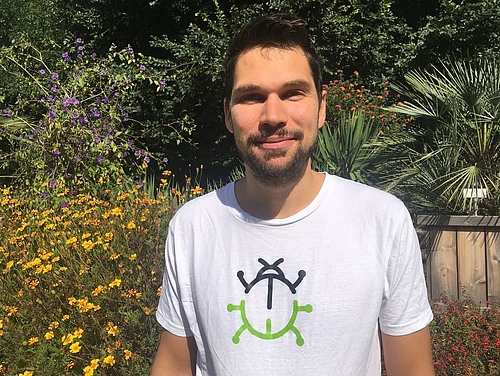
iDiv and Leipzig University get new junior research group: “Soil Biological Diversity and Functions” › more
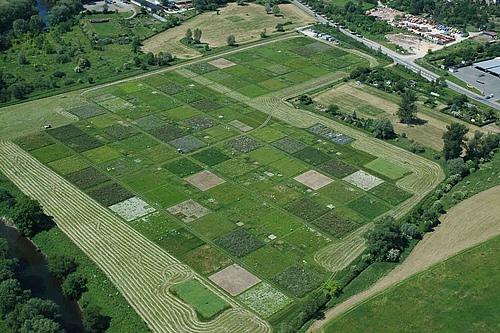
Drought-exposure history improves the recovery of grassland communities from subsequent drought › more
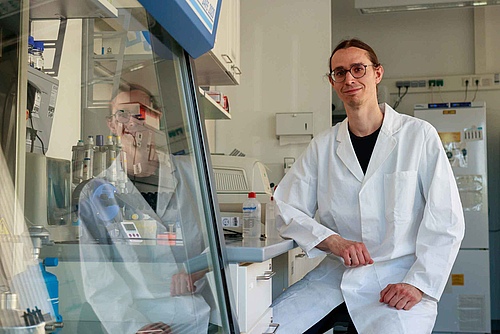
Junior Research Group 'Symbiont Evolution' started at iDiv and MLU › more
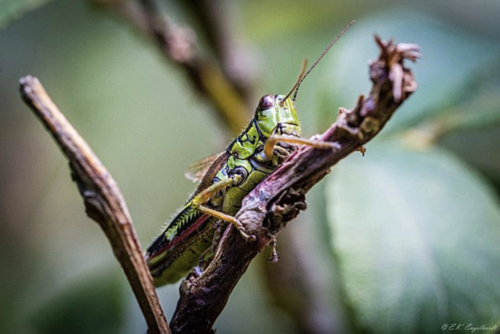
40 years of conservation data: Researchers show population trends of native insects › more
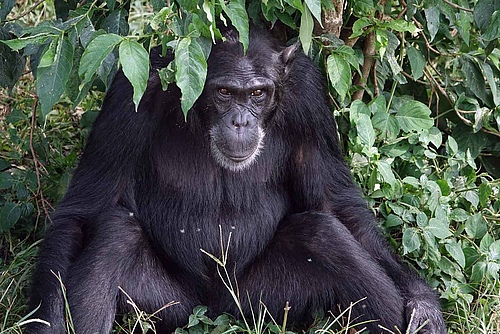
New genomic tools shed light on the evolutionary history of chimpanzees and contribute to their conservation › more
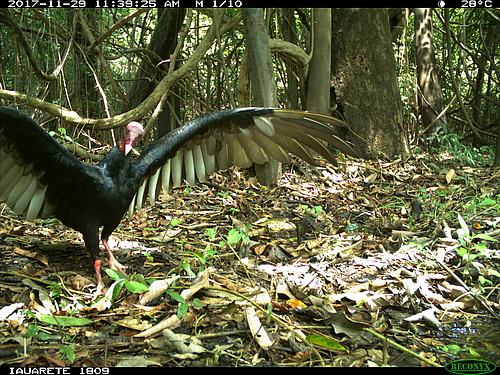
Large-scale use of camera trap data can help improve wildlife conservation › more
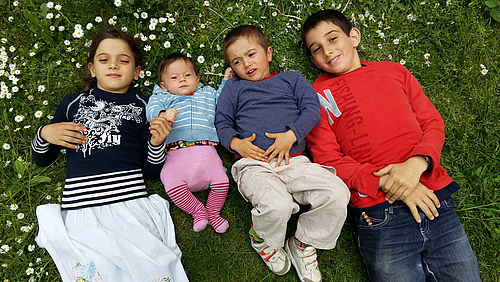
If expectant mothers are exposed to stress their child can develop behavioural problems - but less often with siblings › more
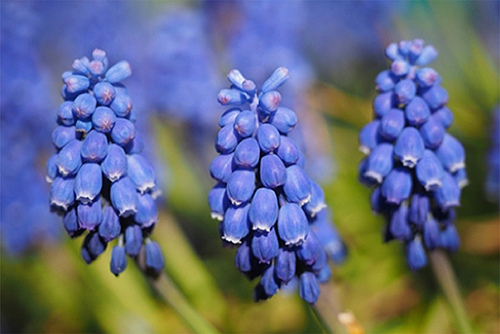
Researchers recommend urban conservation gardening measures to reverse horticultural trends › more
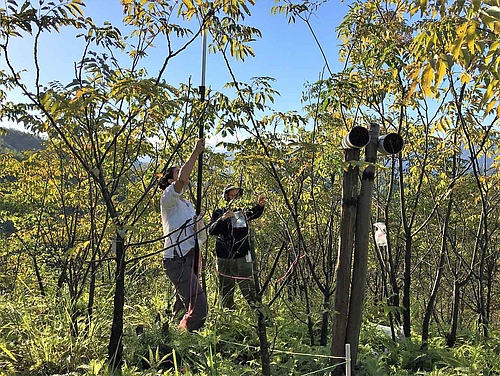
DFG extends funding for the international research training group TreeDì › more
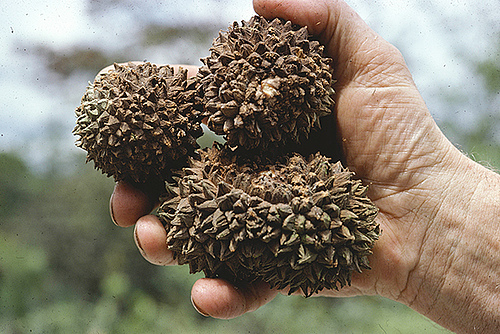
Effects of missing large herbivores on food plants still detectable today › more
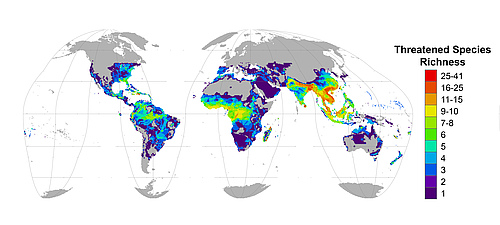
Reptiles likely benefit from efforts to save other animals › more
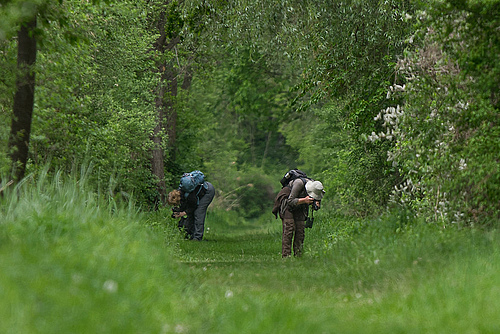
Presentation of the Strategy and Citizen Science Festival on 29 April in Berlin › more
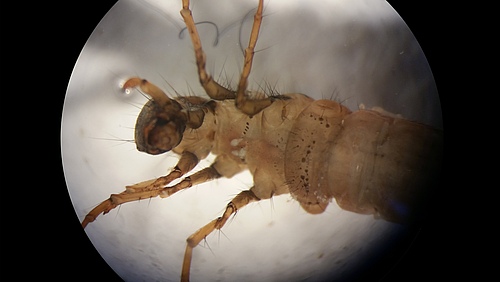
Nationwide measurement campaign of the citizen science project FLOW starts › more
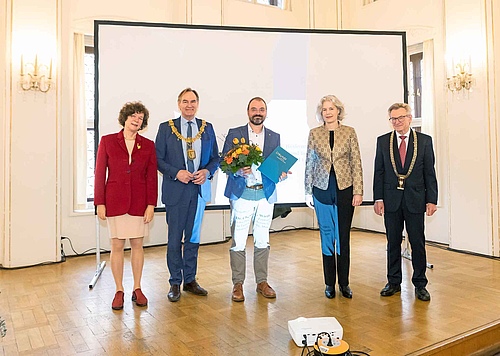
iDiv delighted at award for founding director › more
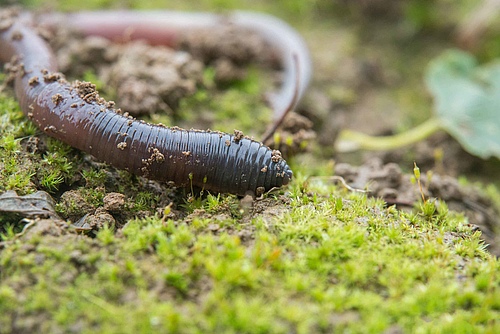
Researchers recommend taking underappreciated factors for biodiversity loss into account › more
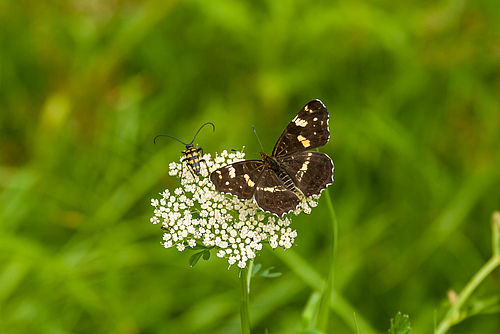
Only weak trend correlations between different insect groups › more
![Collage of plant species that are range-restricted to Europe but threatened in at least one country, with some of them being globally threatened. (Picture: Vlaev, Dimiter in Peev, D. et al. (eds) (2015): Red Data Book of the Republic of Bulgaria. Vol. 1. Collage of plant species that are range-restricted to Europe but threatened in at least one country, with some of them being globally threatened. (Picture: Vlaev, Dimiter in Peev, D. et al. (eds) (2015): Red Data Book of the Republic of Bulgaria. Vol. 1. Plants and Fungi. MoEW & BAS, Sofia [Single inset drawings; compiled by Staude, I.]. http://e-ecodb.bas.bg/rdb/en/)](/fileadmin/_processed_/3/a/csm_pic_f98b3b0e6520220210143620_7ab832576e.jpg)
Study closes gaps in the risk of extinction of plant species › more

Identical twins’ nature experiences more similar than fraternal twins but local environment also key › more
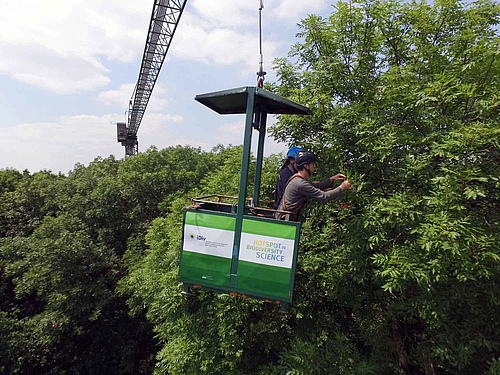
Chemical "cry for help" from trees verified in a natural habitat for the first time › more
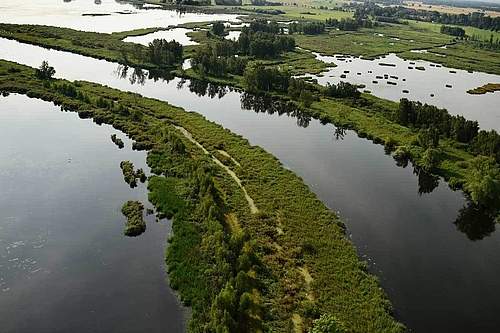
BMBF research project starts in the Oder Delta model area › more
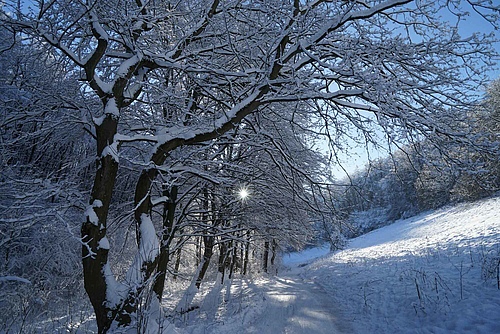
Environment ministers from Saxony-Anhalt, Thuringia and Saxony discuss regional biodiversity protection measures › more
